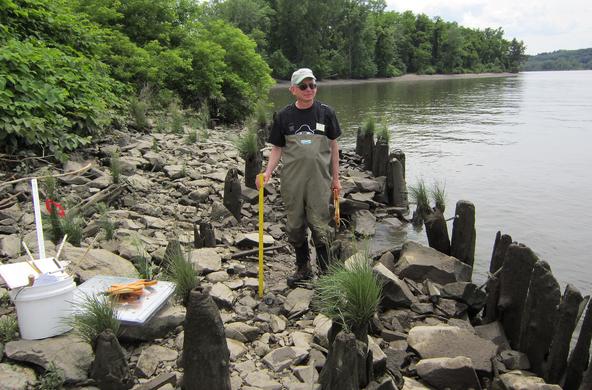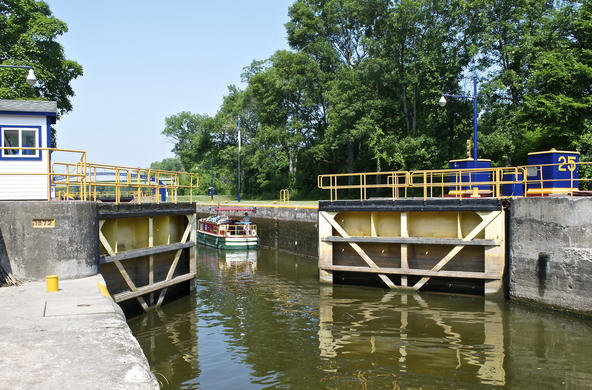Dedicated volunteers map sensitive but vital habitat
Beneath the surface of the Hudson River, underwater plants provide wildlife habitat and maintain water quality. We are harnessing the power of citizen science to assess the condition of submersed vegetation beds in the tidal Hudson. Findings help prioritize areas for management actions.
The problem
- Extreme weather and sea level rise are degrading submersed aquatic vegetation in the Hudson River.
- River dredging has also destroyed underwater plants that once supported aquatic life and improved water clarity.
- To understand how underwater plants are responding to environmental change in the Hudson River, we are working with citizen scientists.
We are exploring...
- Every summer since 2003, Cary Institute has engaged citizen scientists to monitor submersed aquatic vegetation in the Hudson River
- Volunteers take to kayaks to record observations on plant abundance, species composition, and water depth
Our discoveries
Tracking submersed aquatic vegetation recovery in the Hudson River post-Irene (2011) has been a focus our monitoring work in recent years. Many sites along the Hudson have demonstrated persistent recovery, but there is still a long way to go before these plant beds are back to their pre-Irene state.
Volunteers are filling a key data gap in tracking the condition of the Hudson. All our knowledge about year-to-year changes in submerged aquatic vegetation comes from these volunteers and has been critical in documenting the loss and recovery of plant beds following tropical storm Irene. Stuart Findlay



